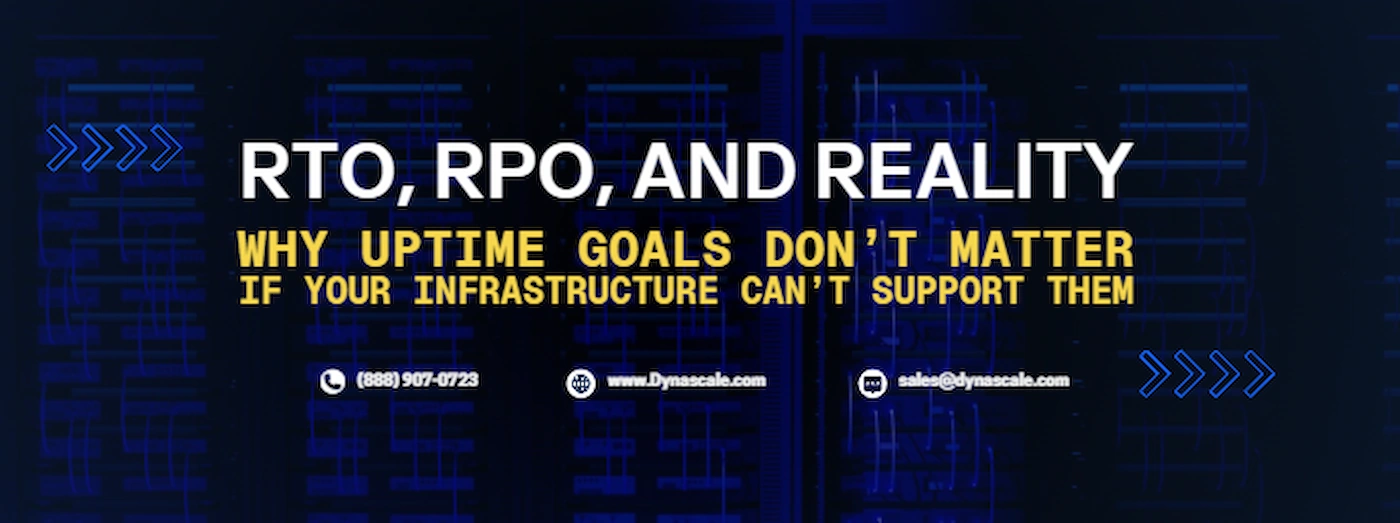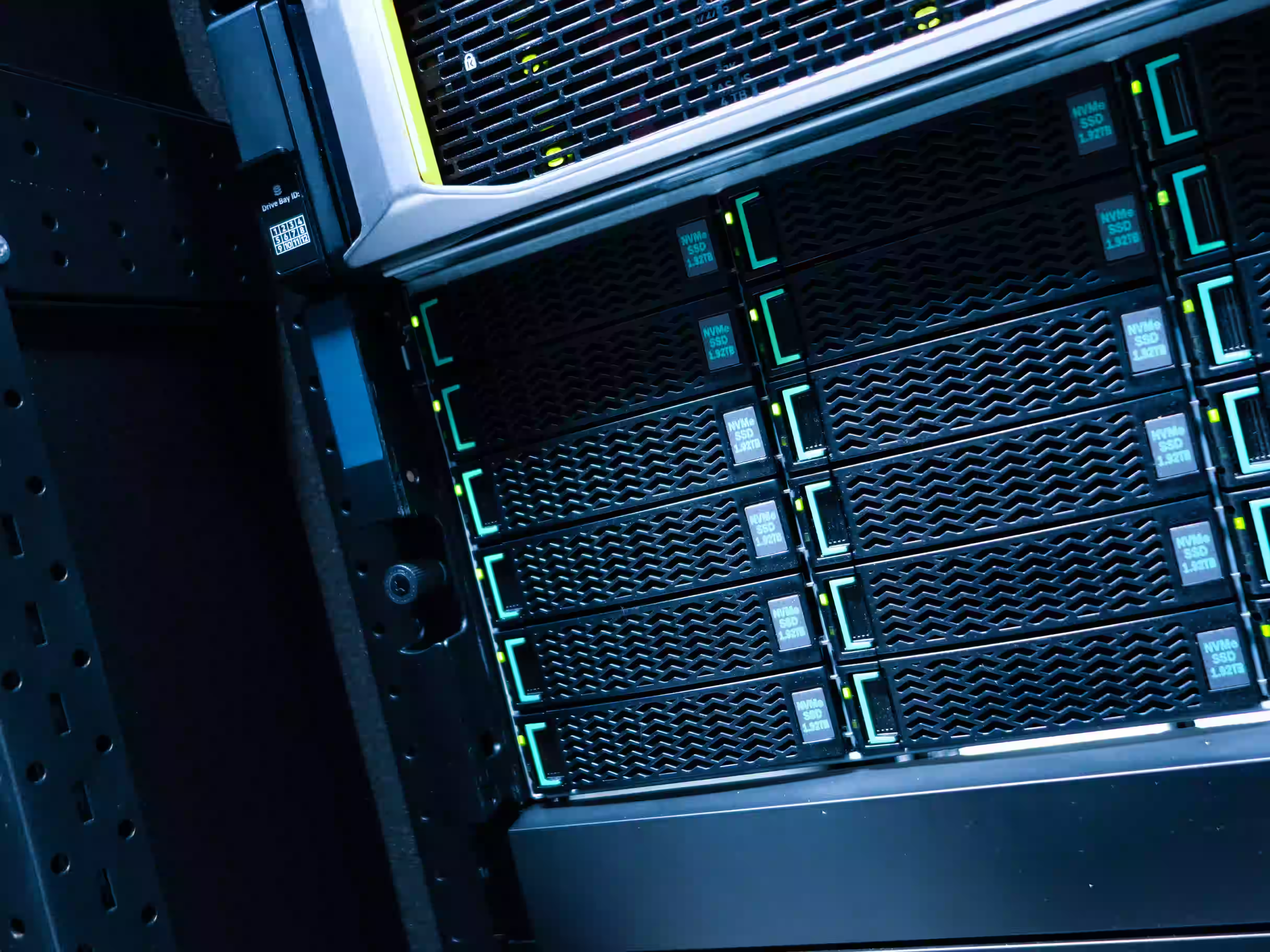Private Cloud at the Edge: Why Enterprises Are Making the Shift
From bandwidth savings to data sovereignty, edge-based private clouds are redefining enterprise infrastructure. As enterprises continue their digital evolution, one trend is becoming crystal clear: the center of gravity is moving to the edge.
While public cloud adoption remains strong, a growing number of organizations are turning to private cloud deployments at the edge—closer to where data is generated; decisions are made, and services are delivered.
But what’s driving this shift? And why now?
The Rise of Edge-First Thinking
The explosion of data from IoT devices, industrial sensors, video systems, and connected infrastructure is creating a massive need for localized compute and storage. Centralized cloud models, while powerful, can introduce latency, increase bandwidth costs, and raise privacy concerns when data must travel far from its point of origin.
That’s where private cloud at the edge comes in.
By deploying secure, scalable private infrastructure closer to the source, organizations can:
- Reduce latency for real-time applications
- Lower cloud egress fees and bandwidth use
- Maintain compliance with data residency and privacy laws
- Ensure uptime even when connectivity to centralized cloud services is interrupted
Why Private Cloud, Not Public?
While edge computing can run in public cloud environments, many organizations prefer private cloud models due to the following:
- Security & Compliance: Edge environments often handle sensitive data—whether it’s patient vitals, factory telemetry, or financial transactions. Private clouds allow full control over encryption, access, and auditability.
- Customization & Integration: Enterprises can tailor edge infrastructure to match their specific workloads, applications, and legacy systems—something not always possible on public platforms.
- Cost Predictability: With dedicated hardware and localized workloads, private clouds often deliver more predictable pricing than variable cloud usage costs.
Use Cases Gaining Momentum
Some of the industry's leading the shift include:
- Healthcare: Data privacy & HIPAA compliance requires local data processing and control. Imaging, EHRs, and real-time monitoring (e.g., in ICUs or surgical suites) need low-latency local compute.
- Manufacturing: Smart factories leveraging AI/ML at the edge to detect defects in real time. Industrial IoT (IIoT) devices generate large amounts of sensor data that must be processed in real time.
- Retail: In-store private cloud for POS systems, surveillance, and personalized customer experiences. Video surveillance and foot traffic data are stored and processed on-prem to reduce bandwidth and comply with data regulations.
- Telecommunications: Base stations and mobile towers running containerized workloads closer to end users. Supports next-gen services like VR streaming, IoT platforms, and autonomous vehicle data.
- Logistics & Transportation: Edge systems support vehicle telemetry, asset tracking, and fleet diagnostics in real time. Warehouses use edge-based automation for robots, scanners, and environmental sensors.
The Future: Hybrid, Distributed, Resilient
The future of enterprise infrastructure isn’t just hybrid—it’s distributed and intelligent. Organizations are building mesh-like architectures that span core data centers, cloud regions, and edge nodes. In this model, private cloud at the edge becomes a critical pillar, enabling:
- Autonomous operation at remote sites
- Rapid deployment of containerized workloads
- Improved resilience during network outages
Final Thoughts
Enterprises aren’t moving to the edge for trendiness—they’re moving for performance, sovereignty, and control. When choosing private cloud deployments at the edge, they get all that without compromising security or compliance.
The question isn’t if the shift is happening. It’s how ready your organization is to make that move—intelligently, securely, and strategically.
Need help building a private edge cloud strategy?
Let’s talk about how we can design, deploy, and manage your edge infrastructure—securely and at scale (sales@dynascale.com).
Get in touch
_ Get a tailored estimate based on your unique infrastructure needs. Understand your costs and scale with confidence.



.webp)








